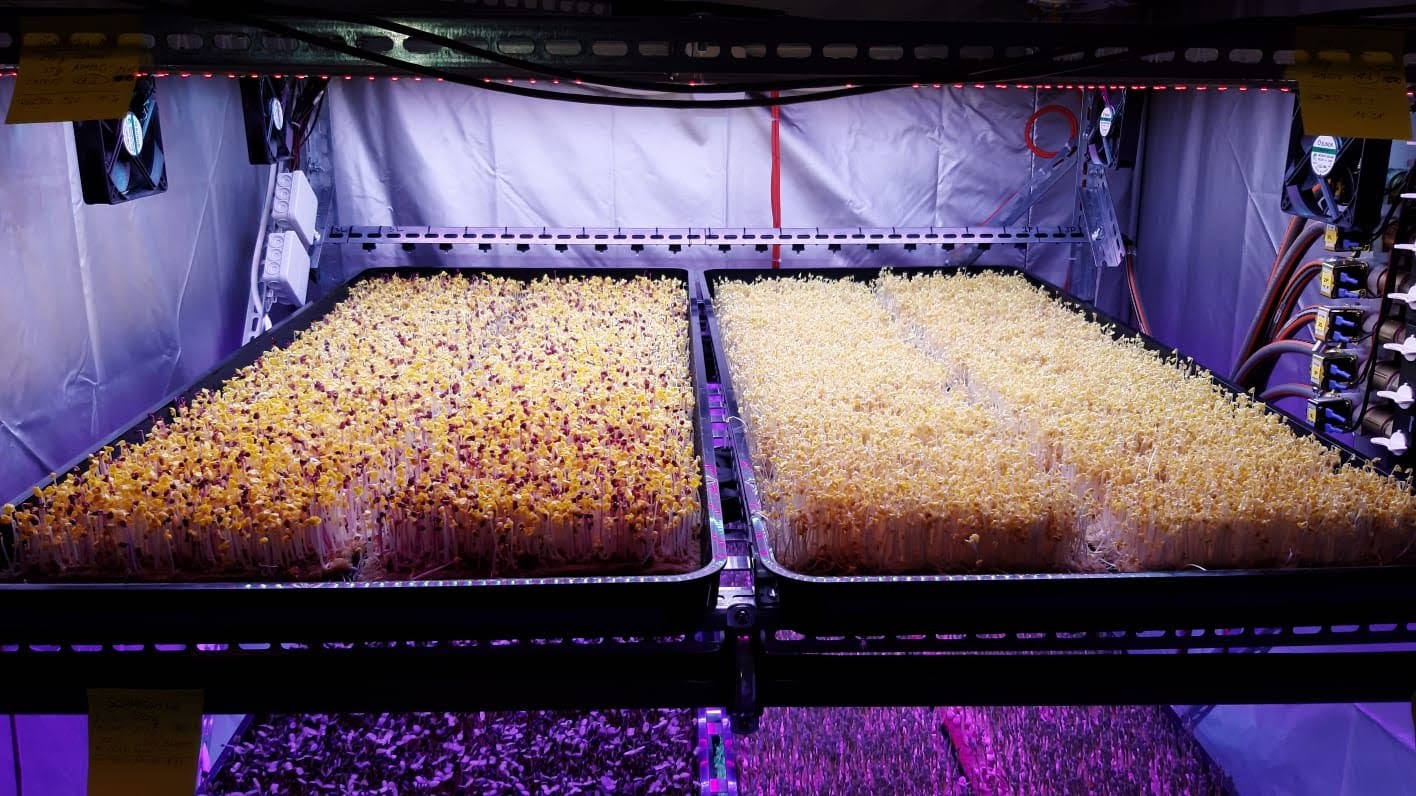Environmental Control: From Co-Founding a Smart Building Startup to Agricultural Innovation
2016 - 2020
In 2016, I co-founded a startup focused on environmental control and building automation. As one of just three to four team members, I wore multiple hats - from technical development to business operations. The venture, which continues to operate today, began with a vision of making buildings work better for their occupants while pushing the boundaries of sustainable technology.
Early Days and Multiple Roles
As a co-founder and Technical Lead, my responsibilities spanned across several crucial areas. I designed and developed control system software for custom HVAC solutions, maintained IT infrastructure, and established data collection and visualization systems. But the role extended far beyond technical duties. I was actively involved in business development, searching for product-market fit, engaging with customers, and helping shape the company's strategic direction.
Intelligent Buildings
Our early work focused on creating intelligent building systems that adapted to their occupants' needs. Each project presented unique challenges, from historic hotels to modern manufacturing plants. In a family home with a pool, we developed systems that balanced comfort with efficiency, managing everything from floor heating to air quality. For a manufacturing plant, we transformed the working environment by implementing advanced ventilation systems that significantly improved air quality, directly enhancing employee wellbeing and productivity.
These projects weren't just about controlling temperature or managing ventilation. They were about understanding how different systems could work together harmoniously. Security systems shared information about occupancy with heating controls. Ventilation systems coordinated with humidity management. Each component contributed to a larger, more intelligent whole.
Thi Pivot to Agriculture
As we refined our approach to building automation, we began to see broader possibilities. The same principles that made buildings more comfortable and efficient could be applied to creating optimal environments for plant growth. This realization led to an innovative pivot: applying our engineering expertise to controlled environment agriculture.
The transition was natural. Our experience with precise climate control, data collection, and system integration provided the perfect foundation for developing automated growing environments. We developed systems that operated with the same precision as our building automation technology, but focused on creating perfect conditions for plant growth.

Startup Evolution
The venture into agriculture began with microgreens, chosen for their increasing popularity in Czech cuisine and their suitability for controlled environment growing. As a small startup team, we had to be nimble and efficient. Everyone contributed across multiple areas - from system design to business development to customer relations. My role included developing the automated proof-of-concept device, formulating the business model, and crafting value propositions for restaurant clients.
The growing systems we developed reflected our engineering background while addressing real market needs. Without soil and free from pesticides, the plants grew in a clean, controlled environment where every parameter was optimized for their needs. Data collection and analysis remained central to our operation, allowing us to continuously refine our processes and improve efficiency.
Legacy and Continuation
My involvement with the startup ended in 2020, but the company continues to operate and evolve. During my tenure, we established solid foundations in both building automation and controlled environment agriculture. The experience demonstrated how a small, dedicated team could leverage engineering expertise to create innovative solutions in unexpected ways.
The startup journey taught valuable lessons about the challenges and opportunities in both technical innovation and business development. It showed how traditional engineering skills could be applied in novel ways when combined with entrepreneurial spirit and market awareness. Most importantly, it proved that small teams can make significant impacts when they're willing to adapt and evolve their vision based on market needs and technological opportunities.
Today, the company continues to build on these foundations, further developing their environmental control solutions and agricultural systems. While my direct involvement ended in 2020, the project remains a testament to how startups can bridge the gap between traditional engineering and innovative applications in sustainable technology.
Links to the companies:
Reconsys
Gardenauts